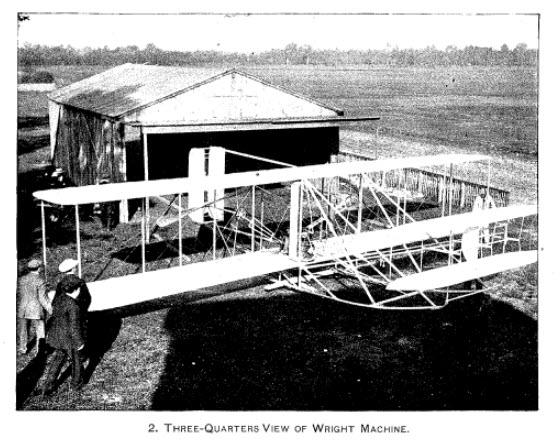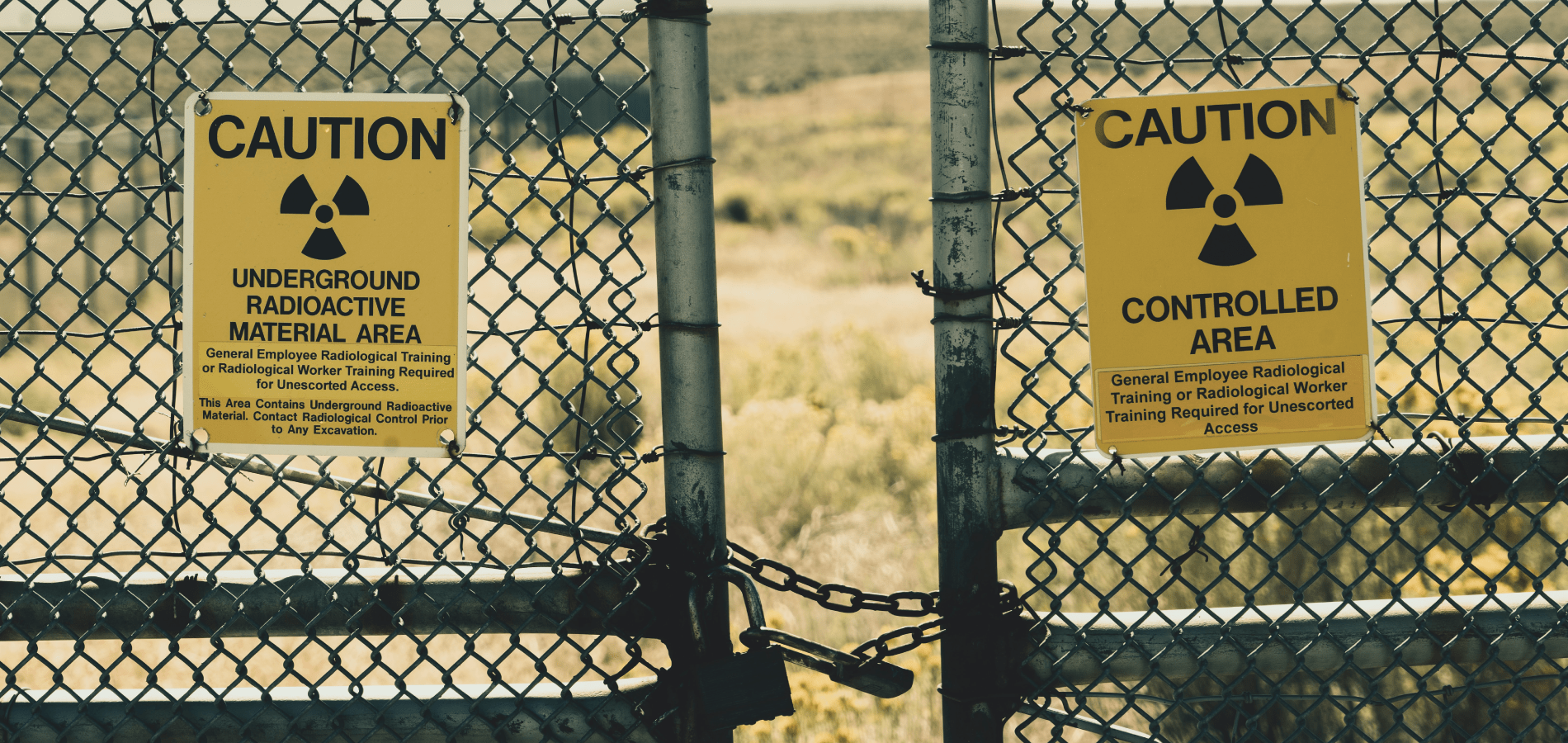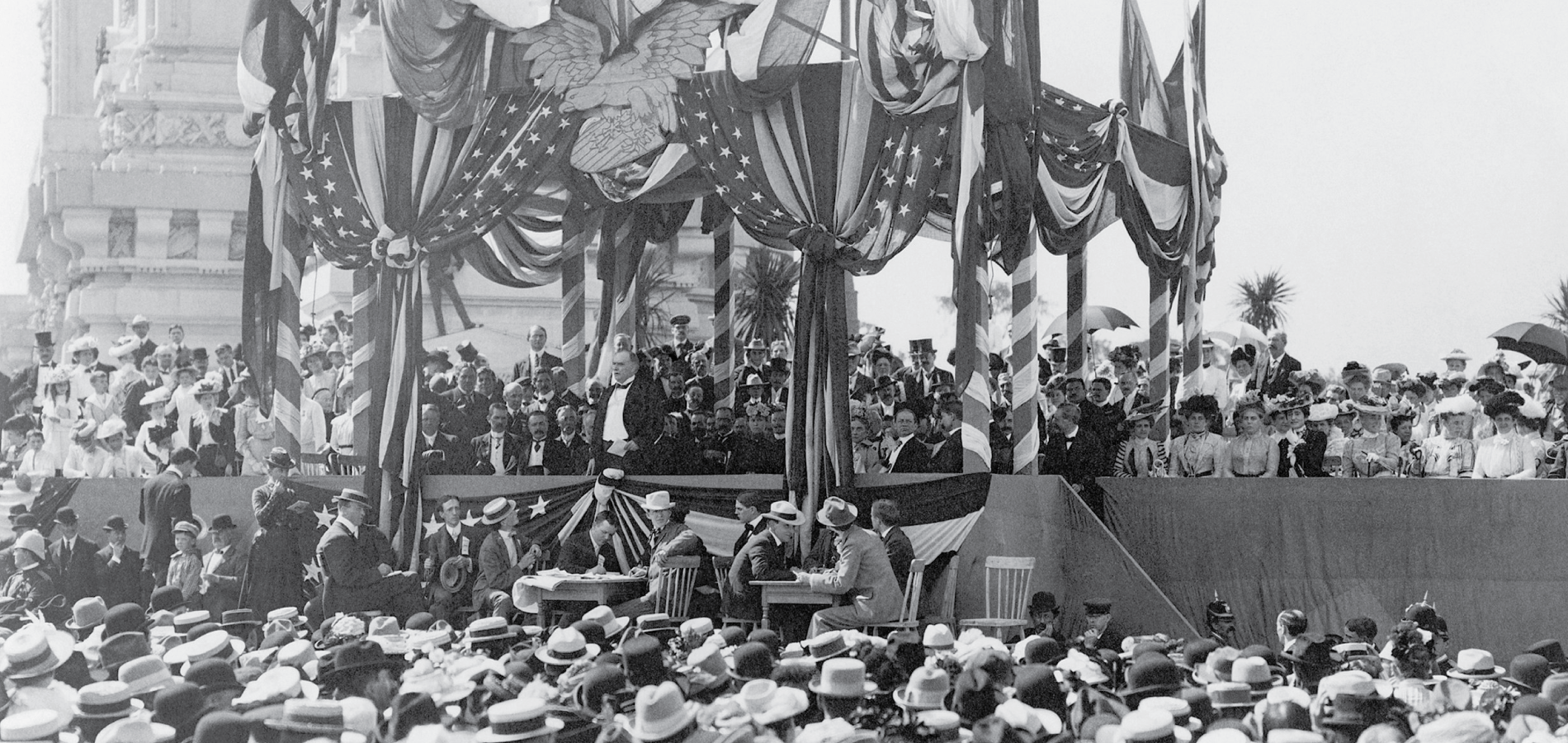The holiday season tends to be the busiest time of year at airports across the United States. However, it is possible that nobody would be flying home for the holidays if it hadn’t been for the ingenuity and determination of the Wright brothers, aviation pioneers of the 20th century.
In this month’s edition of Secrets of the Serial Set, we’ll dive into how the Wright brothers piloted the first successful flight of a manned, controlled, heavier-than-air aircraft, which was only the beginning of a transportation transformation that would see travelers riding on horse and buggy to flying in the sky within the course of less than a century.
Plane Beginnings
Wilbur Wright was born on April 16, 1867, with Orville following on August 19, 1871, to Milton Wright
and Susan Catherine Koerner Wright. The family lived in Dayton, Ohio, and the brothers had five other siblings, including a younger sister named Katharine to whom Orville would become close. The two brothers had a relatively unremarkable childhood. Their fascination with aeronautics can be traced to a toy helicopter given to them by their father, constructed from cork, bamboo, paper, and a rubber band and based on a design by French aeronautical pioneer Alphonse Pénaud.[1]“Annual report of Board of Regents of Smithsonian Institution 1962.” U.S. Congressional Serial Set, , 1963, pp. I-610. HeinOnline, https://heinonline.org/HOL/P?h=hein.usccsset/usconset36005&i=273. This document can be … Continue reading
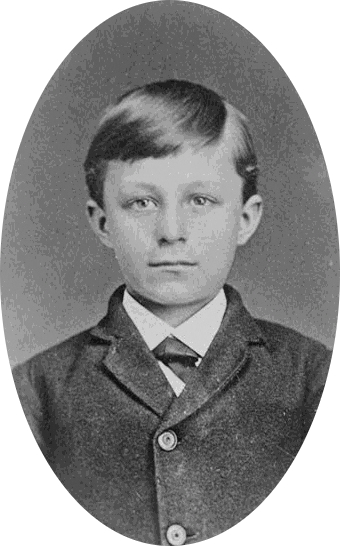
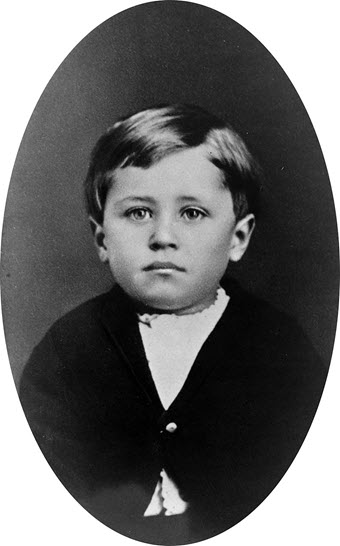
Wilbur was the intellect of the family, with plans to attend Yale, but an unfortunate injury to his face and teeth during a hockey game caused him to become reclusive. He dropped out of high school and became a caretaker for his mother, who had developed tuberculosis. Orville also dropped out of high school. The two brothers would go into business together starting a printing company, which printed the Dayton Tattler, edited by their schoolmate Paul Laurence Dunbar who would go on to become a respected poet.[2]“Dayton Aviation Heritage Preservation Act.” U.S. Congressional Serial Set, , 1992, p. 1-12. HeinOnline, https://heinonline.org/HOL/P?h=hein.usccsset/usconset14101&i=1314. This document can be found in … Continue reading In 1892, the Wrights opened a bicycle shop[3]“Dayton Aviation Heritage Preservation Act.” U.S. Congressional Serial Set, , 1992, pp. 1-12. HeinOnline, https://heinonline.org/HOL/P?h=hein.usccsset/usconset14101&i=1314. This document can be found in … Continue reading called the Wright Cycle Exchange. They repaired and manufactured their own bikes, of which only a few exist today.
However, their interest in flight began after German aviator Otto Lilienthal died in a glider crash.[4]https://heinonline.org/HOL/P?h=hein.usccsset/usconset30531&i=274. This document can be found in HeinOnline’s U.S. Congressional Serial Set. They were convinced that they could figure out the secret behind safe flight.
Flying at Kitty Hawk
Rather than focusing on building powerful engines or wings, as many other aviators were at the time, Wilbur and Orville decided to focus on how to create controlled turns. Inspired by the way that birds angle their wings while flying, the brothers focused on a method called “wing-warping,”[5]Tom D. Crouch, The Wright Brothers and the Patent Wars, 1909-1915, 11 J. FED. CIR. Hist. Soc’y 7 (2017). This document can be found in HeinOnline’s Law Journal Library. which required leaning or rolling to the side during a turn in order to encourage balance and faster recovery.
To test out their ideas, the Wrights headed down to Kitty Hawk, North Carolina, which was a location noted for its strong winds. They used a variety of kites and gliders in order to test the effect of wing-warping on controlling turns. They also learned that adding a movable, vertical rudder helped to align the aircraft during turns as well, and they achieved controlled turns for the first time on October 9, 1902.
The next year, they applied for a patent for a “flying machine” based on their 1902 glider, which utilized a three-axis flight control to stabilize lateral, up and down, and side-to-side motion. On December 17, 1903, after several attempts, adjustments, and repairs, the brothers successfully conducted the first flight of a powered, sustained, heavier-than-air aircraft[6]“Golden anniversary of first successful powered flight, Wright Brothers National Memorial, Dec. 1953.” U.S. Congressional Serial Set, , 1954, pp. I-28. HeinOnline, … Continue reading in Kill Devil Hills, North Carolina. The plane flew for 59 seconds over a course of 852 feet. The flyer used for this feat is now located in the Smithsonian Institution.
On September 20, 1904, Wilbur completed the first circle in a manned, powered aircraft, covering 4,080 feet in about 90 seconds. And by 1905, the brothers had created and flown the first fully practical airplane.
Soaring into Celebrity Status
At first, the American public was not impressed by the Wright brothers’ claims. Afraid of having their designs stolen before a patent was approved, Orville and Wilbur were highly secretive and allowed very little publicity for their flights. In an attempt to sell their aircraft in Europe, Wilbur headed to France,[7]“Annual report of Smithsonian Institution, 1910, pt. 1.” U.S. Congressional Serial Set, , 1910, pp. I-688. HeinOnline, https://heinonline.org/HOL/P?h=hein.usccsset/usconset36241&i=175. This document can be found in … Continue reading where he conducted public flights and provided rides for influential people. Almost overnight, the Wright brothers became celebrities as the world came to realize what they had accomplished.
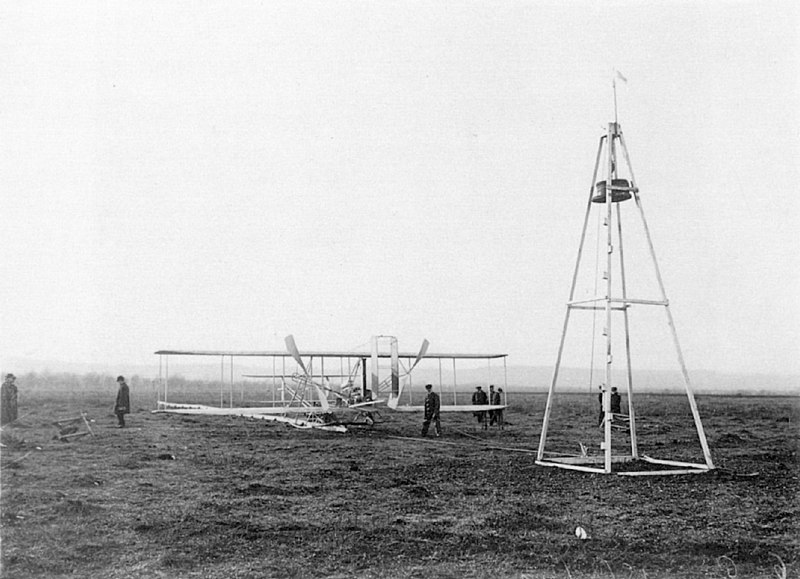
Meanwhile, back in the United States, Orville began conducting public flights as well. However, one such flight involved a broken propeller, prompting a crash that ultimately killed the passenger, Army Lieutenant Thomas Selfridge,[8]“Authorizing erection of suitable markers at Fort Myer, Va., to commemorate early airplane flights.” U.S. Congressional Serial Set, , 1958, pp. 1-2. HeinOnline, … Continue reading and left Orville severely injured. After he recovered, he and the Wrights’ younger sister Katharine joined Wilbur in France, where they began selling planes in Europe before returning to the United States in 1909, providing demonstration flights for the U.S. Army.
In May 1906, the Wrights were provided with U.S. Patent 821393 for “new and useful Improvements in Flying Machines.”[9]Harry Aubrey Jr. Toulmin. Handbook of Patents (1949). This document can be found in HeinOnline’s Intellectual Property Law Collection. This patent applied for their 1902 glider. However, many patent lawsuits that cropped up over the years hindered the Wrights from continuing to develop aviation technology, and European aeronautics soon surpassed America.
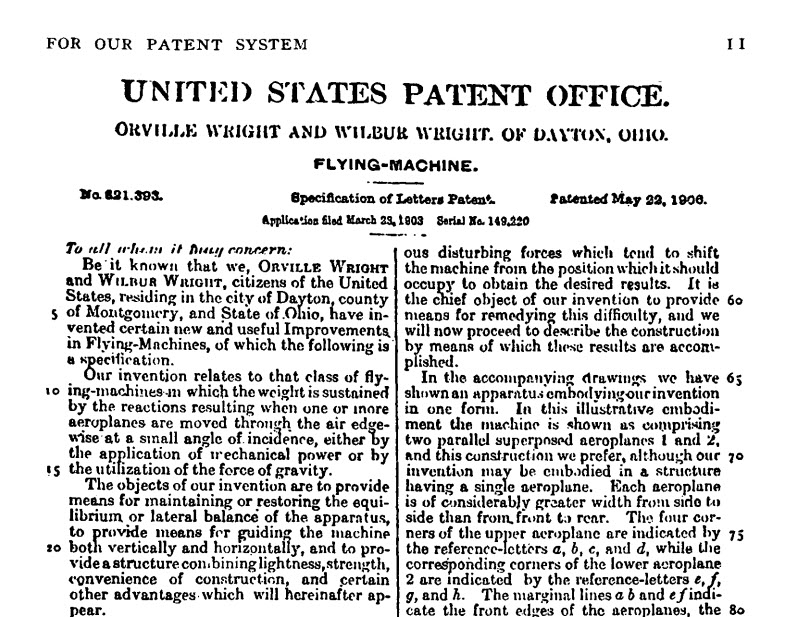
Wings of Change
Wilbur died an early death in 1912 after contracting typhoid fever.[10]“Designate Orville and Wilbur Wright Federal Buildings.” U.S. Congressional Serial Set, , 2003, pp. 1-4. HeinOnline, https://heinonline.org/HOL/P?h=hein.usccsset/usconset50513&i=1016. This document can be found in … Continue reading Following his passing, Orville lost much of his motivation for continuing on with inventing and flying. He sold the Wright Company in 1915, but he continued to dedicate his life to aeronautics, serving on boards of various organizations including the National Advisory Committee for Aeronautics, which was the predecessor to NASA. Orville also later expressed his sadness at the use of airplanes in war, particularly the destruction caused by bomber planes in World War II. He died in 1948 following a heart attack.
However, the Wright brothers’ legacy continues, and their designs were instrumental in developing a safe and systematic approach to flying an aircraft. Today they continue to be an inspiring symbol of ingenuity and American progress.
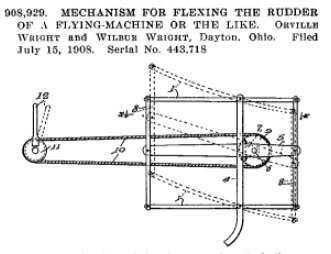
Further Your Research with These Databases
Interested in learning more about air and space and the pioneers who led us to fly within Earth’s atmosphere and beyond? Check out these databases to learn more about all things aviation!
Help Us Complete the Project
Secrets of the Serial Set is an exciting and informative blog series from HeinOnline dedicated to unveiling the wealth of American history found in the United States Congressional Serial Set. Documents from additional HeinOnline databases have been incorporated to supplement research materials for non-U.S. related events discussed.
If your library holds all or part of the Serial Set, and you are willing to assist us, please contact Steve Roses at 716-882-2600 or sroses@wshein.com. HeinOnline would like to give special thanks to all of the libraries that have provided generous contributions which have resulted in the steady growth of HeinOnline’s U.S. Congressional Serial Set.
HeinOnline Sources[+]
| ↑1 | “Annual report of Board of Regents of Smithsonian Institution 1962.” U.S. Congressional Serial Set, , 1963, pp. I-610. HeinOnline, https://heinonline.org/HOL/P?h=hein.usccsset/usconset36005&i=273. This document can be found in HeinOnline’s U.S. Congressional Serial Set. |
|---|---|
| ↑2 | “Dayton Aviation Heritage Preservation Act.” U.S. Congressional Serial Set, , 1992, p. 1-12. HeinOnline, https://heinonline.org/HOL/P?h=hein.usccsset/usconset14101&i=1314. This document can be found in HeinOnline’s U.S. Congressional Serial Set. |
| ↑3 | “Dayton Aviation Heritage Preservation Act.” U.S. Congressional Serial Set, , 1992, pp. 1-12. HeinOnline, https://heinonline.org/HOL/P?h=hein.usccsset/usconset14101&i=1314. This document can be found in HeinOnline’s U.S. Congressional Serial Set. |
| ↑4 | https://heinonline.org/HOL/P?h=hein.usccsset/usconset30531&i=274. This document can be found in HeinOnline’s U.S. Congressional Serial Set. |
| ↑5 | Tom D. Crouch, The Wright Brothers and the Patent Wars, 1909-1915, 11 J. FED. CIR. Hist. Soc’y 7 (2017). This document can be found in HeinOnline’s Law Journal Library. |
| ↑6 | “Golden anniversary of first successful powered flight, Wright Brothers National Memorial, Dec. 1953.” U.S. Congressional Serial Set, , 1954, pp. I-28. HeinOnline, https://heinonline.org/HOL/P?h=hein.usccsset/usconset22485&i=1330. This document can be found in HeinOnline’s U.S. Congressional Serial Set. |
| ↑7 | “Annual report of Smithsonian Institution, 1910, pt. 1.” U.S. Congressional Serial Set, , 1910, pp. I-688. HeinOnline, https://heinonline.org/HOL/P?h=hein.usccsset/usconset36241&i=175. This document can be found in HeinOnline’s U.S. Congressional Serial Set. |
| ↑8 | “Authorizing erection of suitable markers at Fort Myer, Va., to commemorate early airplane flights.” U.S. Congressional Serial Set, , 1958, pp. 1-2. HeinOnline, https://heinonline.org/HOL/P?h=hein.usccsset/usconset22576&i=196. This document can be found in HeinOnline’s U.S. Congressional Serial Set. |
| ↑9 | Harry Aubrey Jr. Toulmin. Handbook of Patents (1949). This document can be found in HeinOnline’s Intellectual Property Law Collection. |
| ↑10 | “Designate Orville and Wilbur Wright Federal Buildings.” U.S. Congressional Serial Set, , 2003, pp. 1-4. HeinOnline, https://heinonline.org/HOL/P?h=hein.usccsset/usconset50513&i=1016. This document can be found in HeinOnline’s U.S. Congressional Serial Set. |

